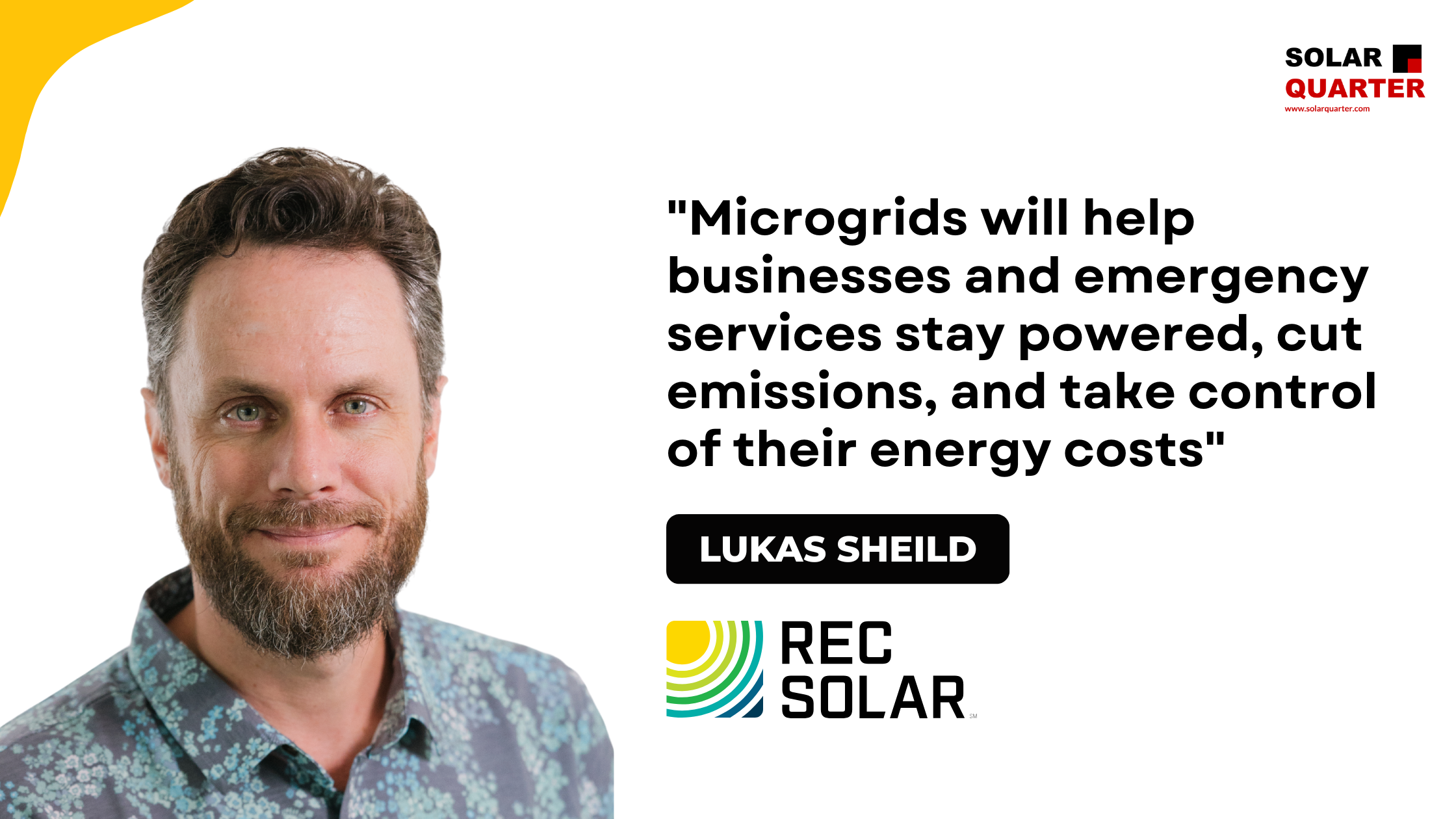
How has the role of solar + storage microgrids evolved in markets like Hawaii and California?
In Hawaii and California, microgrids are shifting from “nice-to-have” to essential energy resiliency solutions for businesses that need stable, uninterrupted power. In particular, Hawaii’s need for increased energy resilience is perhaps even more significant due to its self-contained geographic isolation. Unlike power grids on the U.S. mainland, Hawaii is unable to rely on neighboring grids (or islands) for backup power. This isolation, combined with the threat of severe weather events such as wildfires, which can trigger preemptive Public Safety Power Shutoffs, underscores the importance of microgrids. These systems are vital not only for keeping critical facilities like hospitals and emergency centers operational but also for ensuring that hotels, resorts, manufacturers, and warehouses maintain reliable power and high power quality.
How is REC Solar helping businesses manage energy price volatility and ensure long-term cost stability?
REC Solar not only designs and manages the construction of solar, energy storage, and microgrid projects on our customers’ properties but we also continue to provide long-term, ownership, maintenance, and operation services for the assets. Through long-term power purchase agreements (PPAs), our customers benefit from no up-front costs and predictable payments over a long-term contract, which serves as a hedge against rising or fluctuating energy rates. REC Solar also handles all maintenance and operation aspects eliminating the burden on the customer.
What economic and policy factors are driving demand for solar + storage microgrids?
Solar module and energy storage system prices have both been trending downward in recent years, making microgrid projects a lucrative long-term investment for businesses facing volatile energy prices or those looking to upgrade to cleaner energy infrastructure. Also, incentives and tax credits introduced at the local and federal levels in recent years have also contributed to lower project costs in many markets. Policy activity will vary on a state-by-state basis, of course, but our team has been encouraged by supportive policy activity in regions where microgrids are of particular value due to geographical, climate, and market factors. For instance, Hawaii’s Clean Energy Initiative is setting the goal to achieve 100% clean energy by 2045, while the microgrid service tariff approved by Hawaii’s Public Utilities Commission in 2021 is intended to encourage the development of new microgrids to improve energy resiliency. On top of that, rising utility costs and frequent outages due to extreme weather are pushing businesses and municipalities to look for reliable, cost-effective energy solutions. To support these needs, the Governor signed an executive order in January to help accelerate the transition by streamlining the permitting process, a major challenge for developers in the area.
What innovations or financing models is REC Solar using to make microgrids more accessible?
REC Solar offers Power Purchase Agreement (PPA) financing for all its projects, allowing our customers to reap the benefits of solar and microgrids without any up-front costs or responsibility of maintaining and operating the system. We’ve found the PPA model provides better value to the customer than paying cash, self-owning, and operating the complex microgrid asset themselves. Additionally, partnering with an independent power producer (IPP) like REC Solar can make microgrid installations more accessible to smaller companies seeking resiliency and cost-saving benefits without a large upfront capital or time investment.
What challenges exist in scaling commercial microgrids nationwide, and how can they be addressed?
Of course, geographic limitations, like limited land area or hilly environments in Hawaii, can pose challenges for microgrid installations. However, the biggest challenges that we find are related to varying local regulations as well as a general lack of knowledge about the benefits of microgrids. When working with customers, we take the time to understand both their business and company goals to determine the appropriate level of resiliency versus cost savings their business needs in a microgrid. That’s why it’s important for customers to work with independent power producers, like REC Solar, who are well-versed in permitting and local regulations as it relates to microgrid installations.
What is REC Solar’s vision for the future of solar + storage microgrids in an evolving energy landscape?
We would love to see microgrids become standard for commercial buildings in Hawaii. As the grid becomes more strained, microgrids will help businesses and emergency services stay powered, cut emissions, and take control of their energy costs. We’re also optimistic about the future of PPA financing and development for microgrids. Our team has already seen the benefits of PPAs and unique financing/ownership models in action and we believe increased awareness of these aspects of microgrid projects will only boost their adoption on a larger scale in coming years.
Related
Source link




